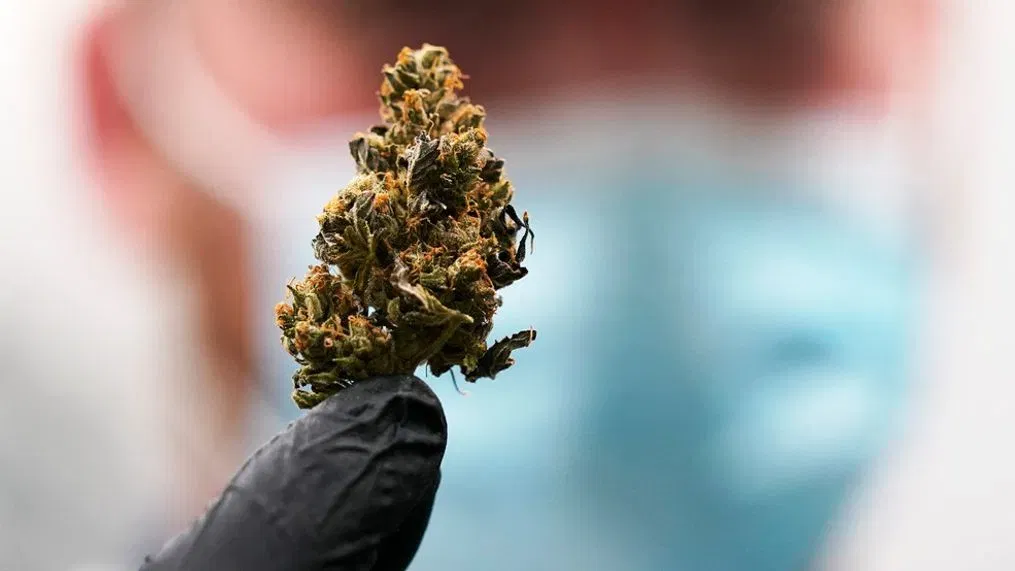Comprehensive Research Dispels Notion of Legal Cannabis Driving Youth Use Increase
As the push for cannabis reform gains momentum across the United States, one longstanding concern has centered around the potential impact of legal access on youth consumption rates. However, a growing body of research is providing compelling evidence that challenges this narrative, suggesting that state-level legalization efforts are not fueling an escalation in cannabis use among adolescents.
A recent study published in the journal Addictive Behaviors delved into this critical issue, examining lifetime and past 30-day cannabis use among middle school-aged adolescents in Nevada, where recreational cannabis sales are legal, and New Mexico, where they were not at the time of the study. The findings affirmed what numerous previous studies have indicated: the initiation of state-licensed cannabis sales does not appear to be associated with an increase in cannabis use among young people.

Utilizing data from state-run surveys designed to monitor health behaviors among students, researchers employed difference-in-difference analyses to compare cannabis use patterns in the two states during the same period. While the odds of lifetime and past 30-day use increased in both states, crucially, there was “no difference in lifetime and P30D marijuana use by adult-use sales status.”
This study builds upon a growing body of evidence that challenges the longstanding assertion that legal cannabis access leads to higher youth consumption rates. A 2022 policy paper reviewed data on consumption among eighth, 10th, and 12th-grade students, concluding that youth consumption either “decreases or remains flat in regulated markets.”
Similar findings have been observed in the context of medical cannabis laws, with a 2021 study finding “no evidence between 1991 and 2015 of increases in adolescents reporting past 30-day marijuana use or heavy marijuana use associated with state MML (medical marijuana law) enactment or operational MML dispensaries.”
Moreover, research has suggested that individual, child-level characteristics, rather than state policy, are the primary factors influencing young people’s attitudes toward cannabis and their perceptions of its risks.
These findings are further bolstered by a recent report from the US Centers for Disease Control and Prevention, which revealed a steady decline in cannabis use among high school students from 2011 to 2021.
As the cannabis market continues to evolve and mature, more research will undoubtedly emerge on this critical issue. However, the mounting evidence thus far strongly challenges the notion that legal cannabis access drives an increase in youth use, potentially prompting policymakers and skeptics to reevaluate their arguments against reform.
